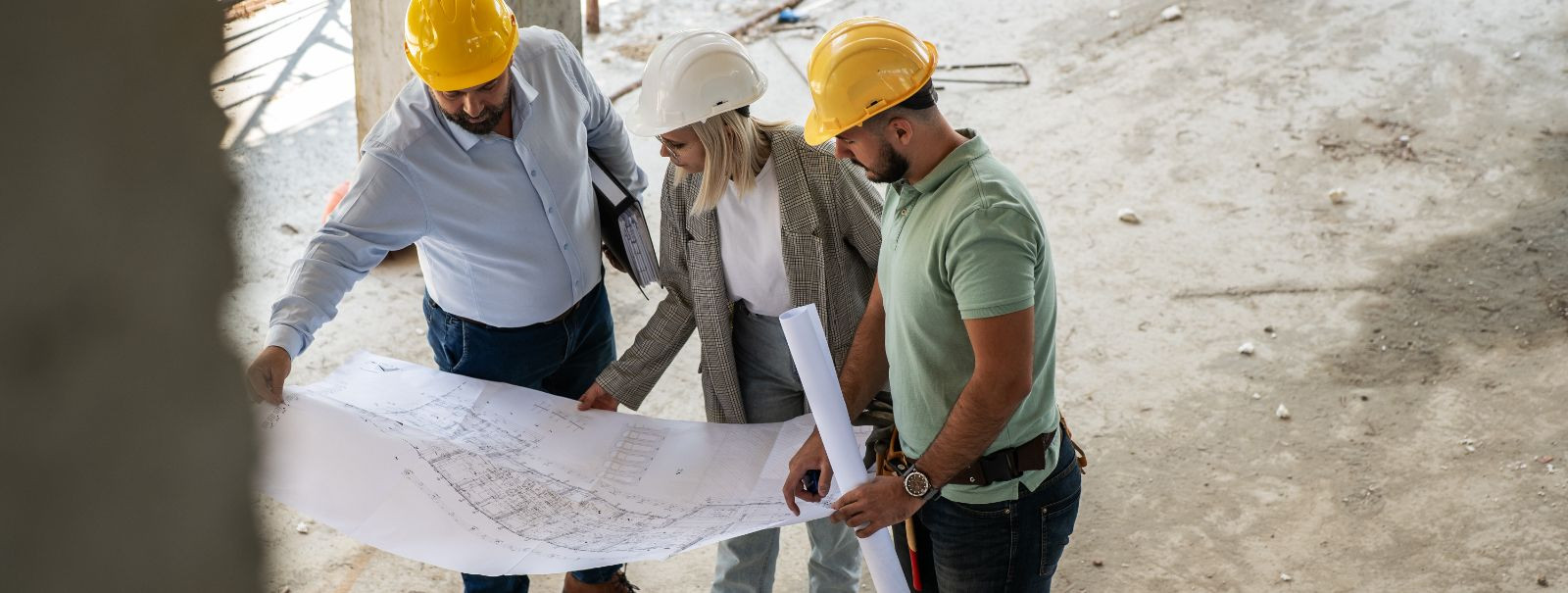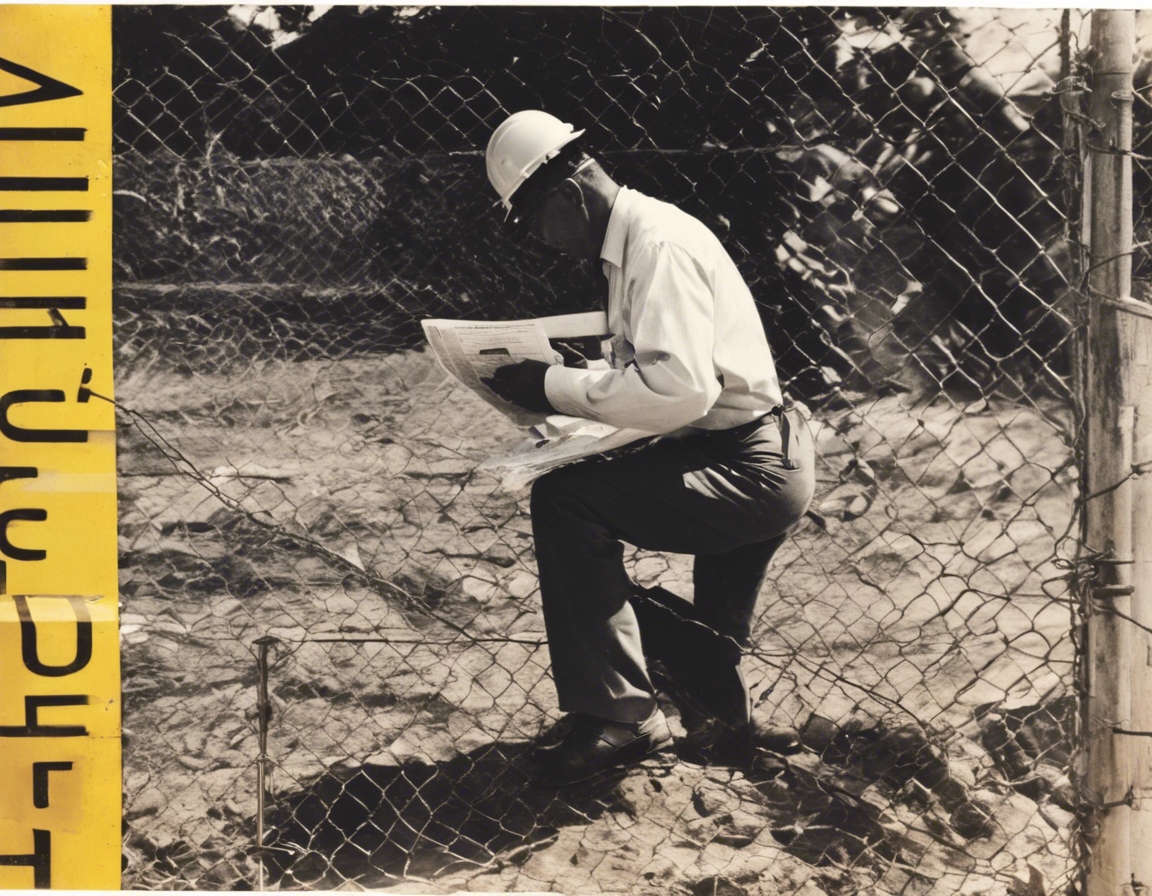Understanding the law of buildings: a comprehensive guide
Building law encompasses the regulations and legal standards that govern the design, construction, alteration, and maintenance of buildings. It is a critical aspect of the construction industry, ensuring safety, sustainability, and compliance with local and national standards.
Building law covers a wide range of areas including zoning, building codes, environmental regulations, and accessibility. It affects all stages of construction, from planning and design to completion and operation.
Key Legal Considerations in Construction
Zoning laws dictate how land can be used and what types of structures can be built in specific areas. Understanding these regulations is essential for project planning and avoiding legal complications.
Building codes are sets of regulations that specify the minimum standards for construction to ensure public health, safety, and welfare. They cover a broad spectrum of construction aspects, including structural integrity, fire safety, and energy efficiency.
Construction contracts are legally binding agreements that outline the responsibilities of each party involved in a project. Liability issues can arise from contract disputes, construction defects, or accidents, making it crucial to have well-drafted contracts and insurance coverage.
Environmental laws affect construction projects by imposing restrictions on land use, waste management, and emissions. Compliance with these regulations is necessary to avoid penalties and promote sustainable development.
Navigating the Permit Process
The permitting process is a critical step in construction, involving the submission of plans and documents for approval by local authorities. Familiarity with this process can streamline project timelines and prevent delays.
Obtaining permits can be challenging due to complex regulations and bureaucratic hurdles. Solutions include thorough preparation, early consultation with authorities, and seeking expert guidance when necessary.
Accessibility and Safety Regulations
The Americans with Disabilities Act (ADA) sets forth accessibility standards for public buildings and facilities. Compliance with ADA guidelines is not only a legal requirement but also a commitment to inclusivity.
OSHA standards are designed to ensure workplace safety and health. In construction, adhering to these standards is vital to protect workers from hazards and reduce the risk of accidents.
Historical Preservation and Landmark Laws
Historical preservation laws protect buildings with cultural or architectural significance. These laws can impact development plans and require special considerations during renovation projects.
Working with historical buildings involves navigating a complex set of regulations and often requires approval from preservation authorities. Understanding these requirements is key to successful project execution.
Dispute Resolution and Legal Recourse
Disputes in construction can arise from issues such as contract breaches, delays, and defects. Identifying potential sources of conflict early can help in preventing disputes.
When disputes occur, there are several legal avenues available, including negotiation, mediation, arbitration, and litigation. Selecting the appropriate method is crucial for efficient and effective resolution.






Comments (0)